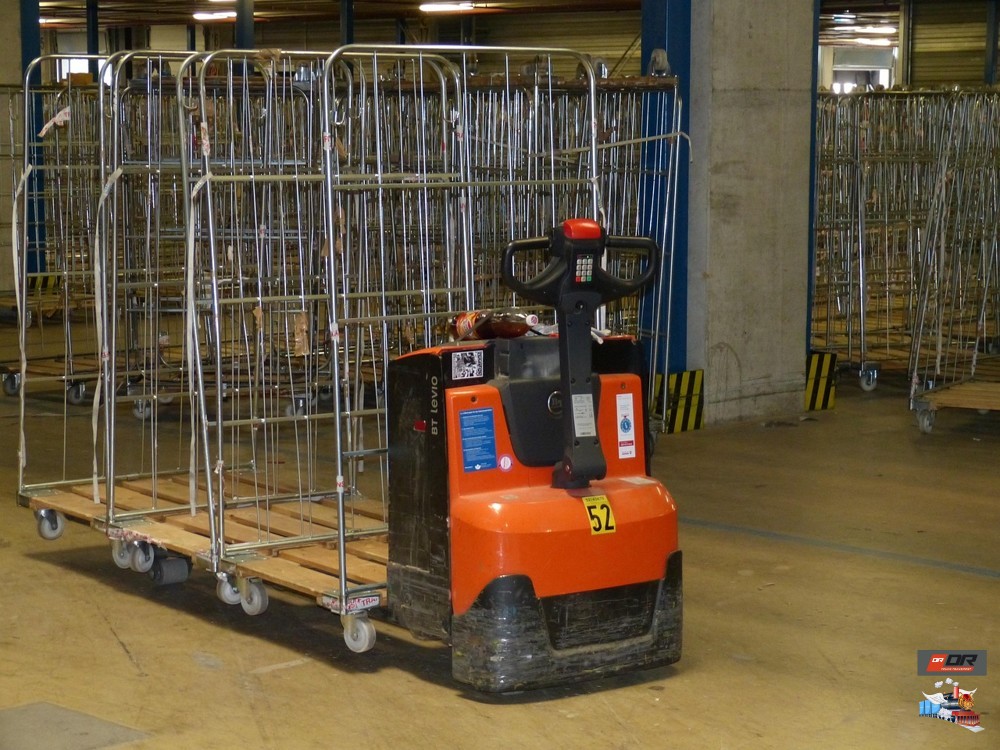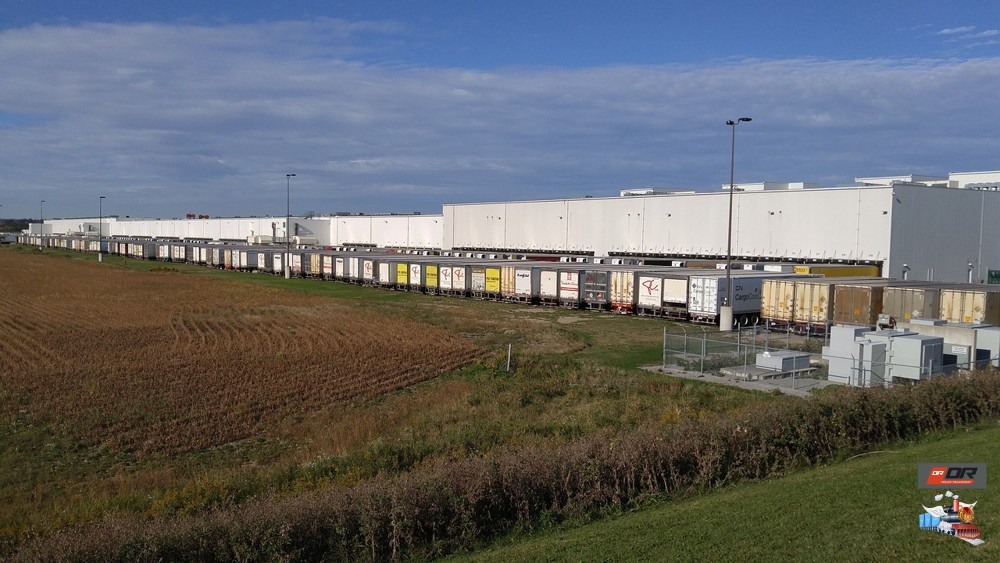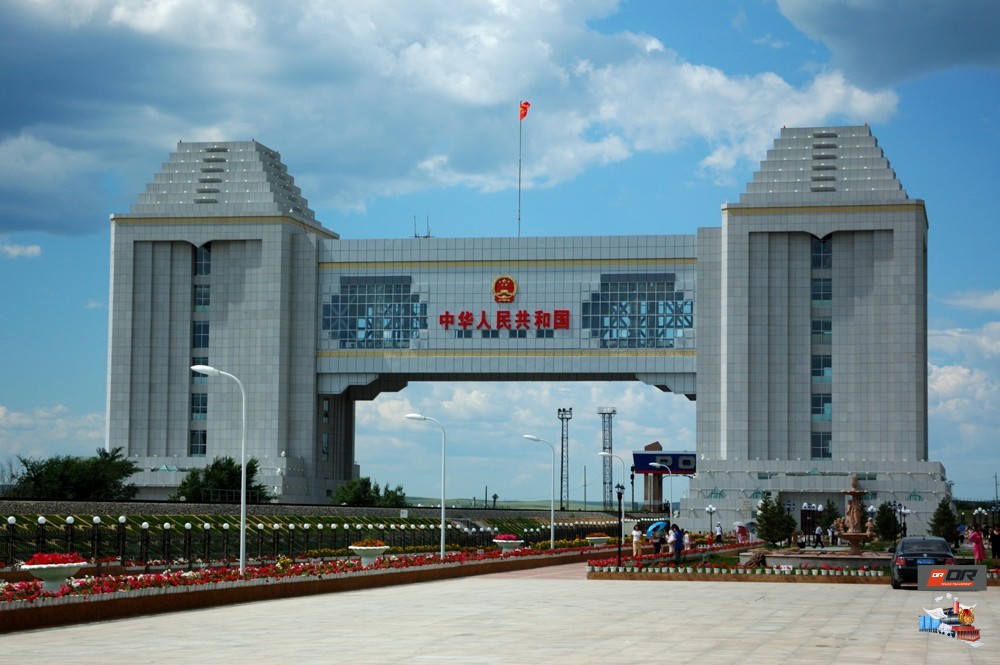مقدمة: يتعين على شركات الشحن الاختيار بين طريقتين شائعتين للنقل البري: حمولة الشاحنة الكاملة (FTL) و أقل من حمولة الشاحنة (LTL)يُعد فهم خيارات الشحن (FTL) و(LTL) أمرًا بالغ الأهمية لإدارة التكلفة والتوقيت وحجم الشحنة. تُستخدم هذه المصطلحات بكثرة في مجال الخدمات اللوجستية الدولية، وخاصةً على طرق مثل الصين-روسيا، أو الصين-آسيا الوسطى، أو الصين-بيلاروسيا. عادةً ما يعني FTL استئجار شاحنة كاملة لشاحن واحد، بينما يتشارك LTL المساحة بين عدة شاحنين. إن معرفة الفرق بين FTL وLTL تساعد الشركات على اختيار وسيلة الشحن المناسبة لاحتياجاتها.

نظرًا لأن كل طريقة لها نقاط قوة ونقاط ضعف، فمن المفيد مقارنة FTL وLTL عبر عدة عوامل.

الشركات التي تختار بين شحن FTL و LTL ينبغي أن تأخذ في الاعتبار:
| الميزة / العامل | FTL (حمولة الشاحنة الكاملة) | LTL (أقل من حمولة الشاحنة) |
|---|---|---|
| يكلف | تكلفة ثابتة أعلى (سعر الشاحنة بالكامل)؛ تكلفة أقل لكل وحدة إذا كانت الشاحنة ممتلئة | تكلفة أقل للأحمال الصغيرة (ادفع فقط مقابل المساحة المستخدمة) |
| وقت العبور | وسائل نقل أسرع (لا توجد توقفات وسيطة) | النقل الأبطأ (محطات توقف/تسليمات متعددة) |
| سعة التحميل | الأفضل للشحنات الكبيرة (سعة الشاحنة الكاملة) | الأفضل للشحنات الأصغر (عدد قليل من المنصات) |
| التعامل | الحد الأدنى من المناولة (تحميل / تفريغ واحد) | مزيد من التعامل (محطات/محاور متعددة) |
| حماية | عالية (شاحنة مخصصة، مغلقة) | سفلي (شاحنة مشتركة، عمليات نقل متعددة) |
| المرونة | أقل مرونة (يلزم تحميل كامل، جدول زمني ثابت) | أكثر مرونة (شحن الأحمال الجزئية في أي وقت) |
| مثالي ل | الشحنات العاجلة أو الهشة أو الكبيرة جدًا | شحنات أصغر حيث التكلفة هي المفتاح |
يعتمد الاختيار بين FTL و LTL على أولويات شحنتك. خذ بعين الاعتبار:
في الممارسة العملية، يقوم مديرو الشحن بوزن هذه العوامل (الحجم، والسرعة، والتكلفة، ونوع المنتج) لاختيار أفضل طريقة لكل حمولة.

تُظهر طرق التجارة الحديثة التي تربط الصين بروسيا وآسيا الوسطى وبيلاروسيا كيفية استخدام كل من الشحن الكامل (FTL) والشحن الجزئي (LTL):
على ممر الطريق بين الصين وروسيا، كلا النوعين من الشحنات (FTL وLTL) شائعان. يقدم مقدمو الخدمات خدمات نقل يومية من الصين إلى روسيا (وأوروبا/رابطة الدول المستقلة) مع خيارات لـ شحن FTL من الصين إلى روسيا بالإضافة إلى الشحنات الجزئية (LTL). تستغرق عملية النقل البري عادةً ما بين 14 و19 يومًا. تُشحن شحنات FTL على هذا المسار مباشرةً، وغالبًا ما يحجزها مُصدّرو الآلات الكبيرة أو البضائع السائبة. تحمل شحنات LTL حمولات أصغر مُجمّعة لعملاء متعددين، مما يوفر التكلفة على حساب التوقفات الإضافية. يُشير أحد مواقع الخدمات اللوجستية إلى أن البضائع المشحونة بالشاحنات من الصين تصل عادةً إلى المدن الروسية في غضون 20 يومًا تقريبًا، وهو ما يُعتبر "فعالًا وفعّالًا من حيث التكلفة". على سبيل المثال، تُقدّم شركة Dear-Railway Container Transport خدمات متخصصة في الشحن الكامل (FTL) على هذا الممر - بما في ذلك خدمات نقل المواد الكيميائية المعتمدة (FTL) بين الصين وروسيا. dearrailwaytransport.com - تسليط الضوء على كيفية استخدام خدمات الشاحنات الكاملة المخصصة للشحنات الحساسة.
الشحن إلى آسيا الوسطى غالبًا ما تستخدم الدول (مثل كازاخستان وأوزبكستان وقيرغيزستان) مزيجًا من الوسائط. تنتقل الشاحنات عبر نقاط حدودية مثل خورغوس ودوستيك وألاشانكو. على هذه الطرق، يقدم مزودو الخدمات اللوجستية أيضًا خيارات كل من FTL و LTL. على سبيل المثال، يعلن أحد المشغلين عن مغادرات يومية إلى منغوليا/آسيا الوسطى مع خدمات شحن LTL و FTL في آسيا الوسطى. سيستخدم الشاحنون الذين يرسلون سلعًا سائبة أو مقطورات كاملة FTL، بينما يستخدم التجار الأصغر مجموعات LTL. علاوة على ذلك، قد يجمع نقل البضائع الحديث من الصين إلى آسيا الوسطى بين الطرق والسكك الحديدية. يبلغ متوسط سرعة شحنات السكك الحديدية عبر كازاخستان وروسيا وبيلاروسيا حوالي 5.8 يومًا فقط من سرعة السكك الحديدية. تستخدم العديد من سلاسل التوريد في هذه المنطقة السكك الحديدية (خدمة حاويات تشبه FTL) للمسافات الطويلة والشاحنات للتسليم النهائي. بشكل عام، تتوفر شاحنات FTL و LTL في آسيا الوسطى، ولكن يعتمد الاختيار الدقيق على حجم كل شحنة وتوقيتها ومتطلبات التكلفة.
بيلاروسيا مركز استراتيجي على طريق الصين-أوروبا (طريق الحرير الجديد). يمر حوالي 82% من حركة الحاويات عبر أوراسيا عبر كازاخستان وروسيا وبيلاروسيا. في هذا الممر، غالبًا ما تُنقل الشحنات الكبيرة عبر السكك الحديدية أو عبر سفن النقل الكامل (FTL) إلى بيلاروسيا وخارجها. بالنسبة للشحن البري، شحنات FTL إلى بيلاروسيا يسافرون عادة براً عبر كازاخستان وروسيا إلى بيلاروسيا، ويحملون حمولات كاملة مباشرة إلى مينسك أو المناطق المجاورة. شحنات LTL إلى بيلاروسيا قد يتم تجميعها في مراكز أوروبية أو في محطات بيلاروسيا قبل التسليم النهائي. على الرغم من ندرة الإحصاءات الدقيقة لتقسيمات الشحنات الكاملة (FTL) والجزئية (LTL)، غالبًا ما تُعامل الشركات الشحنات المتجهة إلى بيلاروسيا كجزء من لوجستيات أوسع بين الصين وأوروبا. تنتقل بعض شحنات الحاويات الكاملة (FTL) عبر السكك الحديدية إلى بيلاروسيا، بينما قد تستخدم الشحنات الأصغر طرقًا برية مختلطة. في سياقات اللوجستيات، تتطلب اللوجستيات من الصين إلى بيلاروسيا موازنة السرعة والتكلفة من خلال خدمات متعددة الوسائط. يؤكد مقدمو الخدمات أن دمج الطرق والسكك الحديدية يُحسّن من أداء شحنات الحاويات الكاملة (FTL) والجزئية (LTL) على هذا المسار.

شحن FTL و LTL لكلٍّ منهما مزاياه الخاصة. يوفر الشحن الكامل (FTL) شاحنة مخصصة، ونقلًا أسرع، وأمانًا أكبر للحمولات الكبيرة أو عالية القيمة. أما الشحن الجزئي (LTL) فيتقاسم التكلفة ويستوعب الشحنات الصغيرة بمرونة. لقد لخّصنا الاختلافات الرئيسية في التكلفة، والسرعة، والمناولة، والاستخدامات المثالية. عند اتخاذ القرار، ينبغي على الشاحنين مواءمة اختيارهم مع حجم حمولتهم، وجدول التسليم، وميزانيتهم.
على الطرق من الصين إلى آسيا الوسطى وروسيا وبيلاروسيا، يُستخدم كلا الوسيلتين معًا. قد يستخدم المُصدّرون ذوو الكميات الكبيرة شحن FTL في الممرات الطويلة، بينما يعتمد التجار الصغار على تجميع LTL. تُقدّم شركات مثل Dear-Railway Container Transport حلولاً متكاملة لـ FTL و LTL في هذه المناطق. dearrailwaytransport.comمساعدة العملاء على تحسين تكاليف الشحن وأوقات التسليم. من خلال فهم مزايا الشحن الكامل (FTL) والشحن الجزئي (LTL) والاختلافات بينهما، يمكن للشركات اتخاذ قرارات مدروسة، مما يضمن نقل بضائعها بكفاءة عبر طرق التجارة الأوراسية الرئيسية.